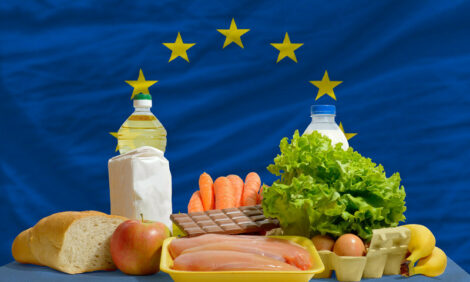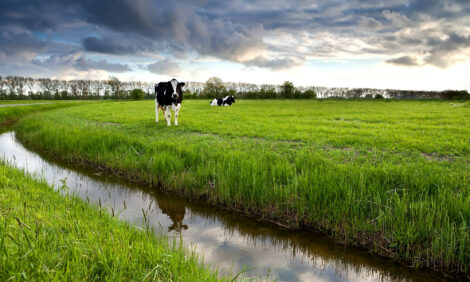



Dairy Industry Commits To Youngstock Care
AUSTRALIA - Australian dairy farmers will continue to stay on top of the changing world of calf rearing thanks to a new guide developed by Dairy Australia and Australian Dairy Farmers.Rearing Healthy Calves – how to raise calves that thrive, covers all aspects of caring for calves from pre-calving right through to weaning. Dairy Australia’s Healthy Calves program leader, veterinarian Jamie McNeil, said the guide would help farmers keep abreast of industry best practices and recent changes in livestock standards.
Rearing Healthy Calves is a practical guide to the essential components required to rear strong, healthy calves and ensure sale calves are fit to be transported and residue-free. It is being distributed free of charge this week to dairy farmers, dairy vets and dairy industry advisors, and is also be available online at www.dairyaustralia.com.au/rearing-healthy-calves
"The guide is the result of many hours hard work and contribution from leading dairy farmers, animal scientists and vets,‖ Dr McNeil said. ―It includes clear and concise explanations, together with practical examples to help farmers see the concepts in action.
"Australia’s dairy farmers are committed to providing excellent care for their animals and are constantly adapting, innovating and investing to ensure they are improving their practices. The comfort and care of our calves is an important responsibility and enables dairy farmers to provide safe, high quality dairy product to our consumers.
"Farmers, animals and consumers will all benefit if we raise stronger, healthier calves."
Dr Mc Neil said dairy farmers had asked for a practical guide on all aspects of calf management in order to keep up with new research and regulatory changes.
"Producing healthy calves is not simply a matter of following a single recipe for success, and this guide outlines a range of approaches," he said.
Calf rearing comprises nine essential components which the manual covers in detail. These are:
- Precalving care – heifer target weights, preparing calving environment.
- Clean and comfortable environment – ventilation, drainage, bedding.
- Identification and traceability – identifying treated and sale calves, NLIS tags.
- Colostrum management – absorption and immunity, assessing quality, timing, quantity.
- Good nutrition – role of fibre, milk replacers, grain/concentrates.
- Health management – prevention, managing sick calves, vaccination, scours.
- Weaning management – nutrition, managing disease, weaning age.
- Care before transport and sale – new national standards, care prior to pick up.
Residue risk management – residue testing, contamination scenarios.
The guide complements Dairy Australia’s Healthy Calves farmer workshops, and plans are underway for other industry service providers to provide further workshops across Australia to ensure all farmers have access to the latest information about good calf management.
TheCattleSite News Desk


